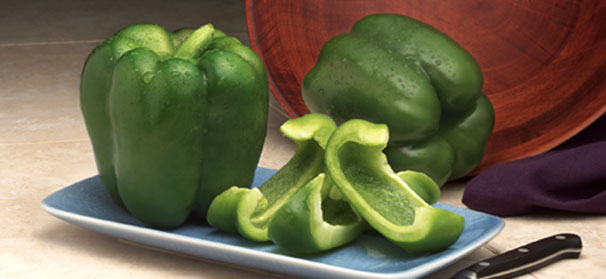

Oct 24, 2011Buy-local movement continues to influence seed sales
When talking about trends from the past year, seed company representatives couldn’t help bringing up the buy-local movement and its impact on small growers.
“As an agronomist and life-long veteran grower, I continue to remain optimistic towards the small and mid-size retail growers,” said Bob Koenders, owner of Bob’s Designer Pumpkins, Armada, Mich. “They remain well-positioned to take advantage of the current high demand for local-grown and specialty high-value crops.”
Jake Jordan Jr., president of Jordan Seeds, Woodbury, Minn., concurred. The buy-local movement has had a major effect on his company’s sales. Jordan Seeds sells a full line of vegetable seeds to small and medium-sized commercial growers all over the country – those who sell through CSAs, farmers’ markets and similar outlets. Customers of those growers are looking for things big commercial growers can’t supply, such as local tomatoes, pickles, greens and microgreens, Jordan said.
Jordan Seeds supplies Roundup Ready and Bt sweet corn, but Jordan isn’t sure how many growers will buy it. It’s offers great protection, but public acceptance might not be there because genetic modification is perceived negatively. If consumers don’t accept genetically modified sweet corn, growers won’t be able to sell it, he said.
As for other trends, Jordan’s customers, who grow all over the country, have been calling this the “year from hell,” he said. The weather has been all over the place all over the country, from a late spring to extremes of wet or dry.
“All our growers are saying this is one of the worst growing seasons they’ve experienced,” he said.
For Harris Seed Co., Rochester, N.Y., 2009-10 was a record year for sales, but 2010-11 was rather flat. President Dick Chamberlin wasn’t quite sure why, but weather and competition were probably factors, along with some conservatism among buyers.
Harris Seed has 25,000 grower-customers across the country, most of whom sell through farmers’ markets – a sector that is still quite strong. Buy-local has been working for Harris Seed, too, Chamberlin said.
Pumpkins remain the top product, followed by sweet corn and squash. Sweet corn sales have been flat, thanks to competition from new products. Pepper and tomato sales are up, however, he said.
One of the things consumers like about buying at farm and farmers’ markets is the direct connection between them and the growers. That’s an advantage for smaller growers, said John Hoffman, director of sales at Outstanding Seed Co., Monaca, Pa.
Consumers continue to spend huge amounts of money on Halloween products, including pumpkins and decorative squash. That’s been good for Outstanding Seed, which specializes in providing those products to commercial growers. Hoffman said customers have had a greater demand for large jack-o-lanterns. By buying 30-pound-plus pumpkins, they’re probably looking for ways to differentiate themselves from the big box stores, which usually offer smaller pumpkins, he said.
Outstanding’s customers grow anywhere from 1 acre to 400 acres of pumpkins, all over the United States. They’re looking for specific traits in their jack-o-lanterns – the same traits their customers are looking for: good ribbing, dark orange color, large diameter, long and well-attached handle, good shelf life.
“Our emphasis mirrors some of the changing demand in the marketplace,” he said.
Some traits are perpetually in demand, however, such as high yield and disease resistance, Hoffman said.
Rick Falconer, general manager of American Takii Inc., a seed company in Salinas, Calif., has seen some exciting trends in seed technology.
“The seed treatment field is getting very interesting,” he said. “Environmentally, it makes a lot of sense to target the pesticide on the seed.”
Treating seeds for pest control has several advantages. Growers apply fewer chemicals per acre, which saves them money and is better for the environment. It’s safer for young, vulnerable plants. Seed treatments undoubtedly will play a part in future Integrated Pest Management plans, Falconer said.
“As more seed treatments are registered for use, the more tools we have for pest management,” he said.
By Matt Milkovich, Managing Editor














